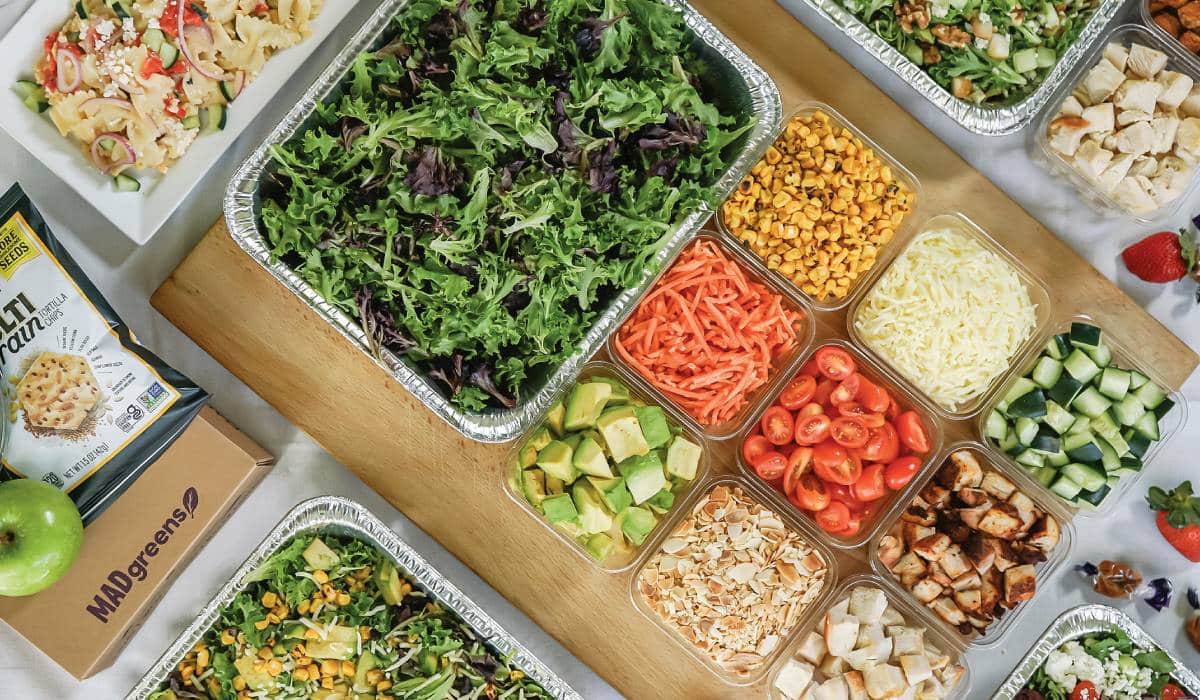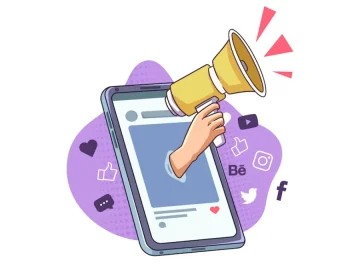At this year’s National Restaurant Association Show, QSR chatted with restaurant executives to get their take on 2024’s biggest topics. We’ll share their insights and observations from the floor, thoughts on the state of the industry, and predictions for the future.
The first interview is with Jenn Ruppert, VP of marketing at MAD Greens.Â
What’s top of mind for you as you explore the innovations on display at this year’s show?
It’s pretty exciting times on the marketing side. There are a lot of new technologies, and the marketing landscape is totally different than it used to be. Iâve actually been thinking back to one of my first marketing jobs. It was in Chicago. Right around the time of the NRA show, I was hitting the streets and passing out flyers to get folks to come into our restaurant. Now, you can do that in a million different ways without having to go grassroots. There are so many different tactics at our disposal compared to 10 years ago. Itâs really amazing and fun and challenging at the same time.
Talk to me about some of those tools for marketers. Whatâs been the biggest game-changer for MAD Greens?
I’m currently fascinated with loyalty and rewards programs. Itâs a huge part of our business. Close to 19 percent of our sales are driven from loyalty members. But it is its own beast to manage and nurture and make sure youâre giving the guests something of value.
Loyalty programs have really evolved into a sophisticated tool for engaging customers. Where do you see things heading in the future?
Itâs going to be about connecting with members on a more personal and emotional level. Many brands are targeting their guests with the same message. Theyâll say âhereâs a discountâ or âhereâs a percentage off.â I donât think it can just be transactional discount offers anymore, though. Itâs gamification and segmenting and targeting different guests with different, more creative messages at the same time. Thatâs really becoming a craft. You have all of this data at your fingertips, but how are you really connecting with your guests through it? That can be more of a challenge than the technology itself.
Whatâs your take on all the new AI marketing tools being featured this year? That seems to be a big theme over at the tech pavilion.
AI is the biggest buzzword Iâve heard. Transparently, I think weâre all still trying to learn it and understand it. But itâs certainly not going away, so you really need to start thinking about how it will best fit in your business.
The easiest and most basic strategy is ChatGPT. Using it for copywriting and coming up with campaign ideas is amazing. Most brands would be lying if they said they didnât do that. There are other ways it can be extremely helpful. It can do some surprising things, like help with website coding glitches. We were trying to embed a pixel code for conversion tracking that was broken. We couldnât figure out why. So, we threw the code into ChatGPT and it instantly fixed it. Back in the day, you would have to hire developers or maybe get a third-party involved. It could take a while to make sure it was fixed. That was a moment where we took a step back and said, âWow, this can be an amazing tool, especially for in-house folks who canât be experts at everything.â
The newer, more interesting AI marketing is suggestive selling and personalization. Weâre dabbling in that right now with our online ordering platform. Weâre trialing a new tool with upselling. It generates your past orders and suggests something youâd actually be interested in, versus just spray-and-pray marketing a certain beverage or something like that. I think itâs a phenomenal way to use AI. Hopefully, the data will show us that itâs working and that itâs driving check.
AI has advanced so quickly, and we’re still just scratching the surface of whatâs possible. How do you see this playing out long-term?
I have faith that itâs not going to replace everyoneâs role. We canât forget that marketing is about emotion, connection, and humanizing. Thatâs why Iâm still trying to strike a delicate balance of online marketing and offline marketing.
We want to connect with our guests in a way thatâs not always on the screen. Thereâs a lot of app fatigue and digital fatigue out there. Part of being a restaurant is hospitalityâmaking memories and making your guests feel something. That canât always be done on an endless scroll of screens. So, weâve been trying to continue to innovate in more traditional offline ways as well.
Can you give me an example of what that looks like?
We did something called Lucky Crouton last year. It was a scratch-and-win game. We put cards in every single to-go bag and gave guests a chance at winning these small gifts and discounts to redeem on their next visit. It was something physical they could engage with, kind of like a lotto ticket.
It goes back to this certain human connection thatâs missed when youâre not in the store. Weâve been trying to recreate that online. Even if you order delivery, we want to communicate our personality and make it an experience. If anyone has any ideas, let me know, because thatâs something weâre all trying to figure out right now.Â
Whatâs the most innovative thing MAD Greens has done lately?
We did a drone delivery test in Arizona with a company called Flyby Robotics. Essentially, they had a mobile app that you could place an order on. The drone would deliver it to residential homes or businesses within a certain radius from our store. It would just hover over the location, drop it with a wire into the front yard, then jet. The kicker is that everything on the menu had to be pre-weighed so that it was under a certain capacity and the drone could deliver it.
It was really fascinating and really fun. It also was sustainable and extremely fast. And it really pushed the boundaries for our brand. The barrier to healthy food a lot of times is just convenience. If you can get a salad delivered to you in under five minutes, without spending an hour running to the grocery store and putting it together yourself, that could be a path to spreading healthier lifestyles.
Do you think drone delivery at scale is just around the corner, or whatâs your sense of the timeline on that?
The biggest learning for us was that itâs possible and itâs happening. There are a lot of different companies developing drone delivery, but I think it still has a ways to go with the regulations. We know we can do it. Weâre hopeful for the future that itâs a space we can play in eventually.
There are some funny things that come with it, however. Think about a drone hovering over your house and dropping a salad on your front porch. What if your dog is outside? There are a lot of external factors like that that can complicate the delivery process. We got some really great guest feedback on it. A lot of people were interested in trialing it. Itâs just a matter of scaling it and getting it approved in different municipalities, so itâll be interesting to see how all of that plays out.




